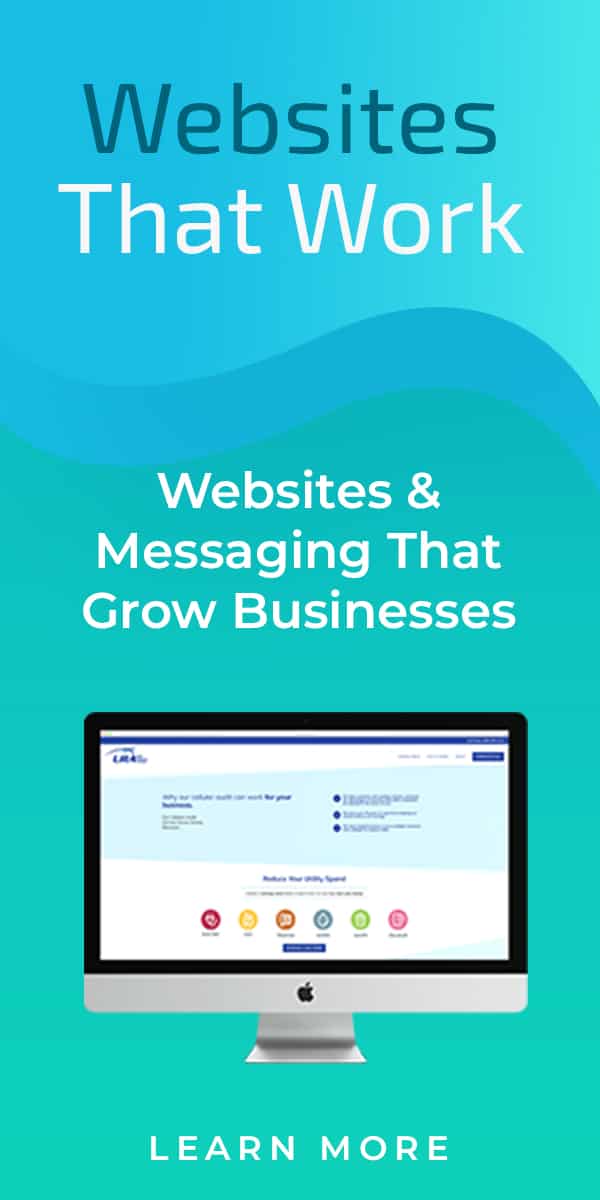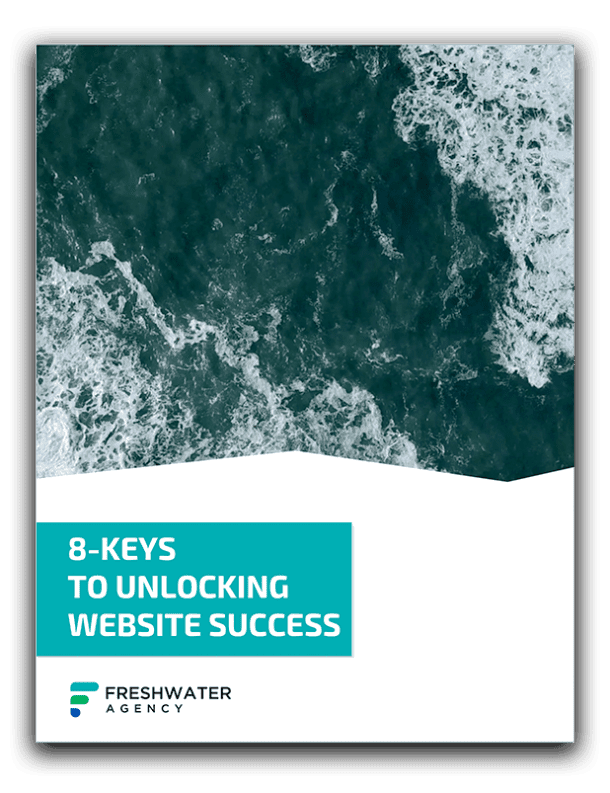A favicon is an important brand element of your website. Using it, visitors can easily find the browser tabs in which they’ve opened your website. They won’t have to click each tab in their browser. Rather, they can look for the tab containing your website’s favicon.
Neither web browsers nor search engines, however, require websites to have a favicon. Visitors will be able to access your website, regardless of whether it has a favicon. So, what is a favicon and how does it affect your website?
Overview of Favicons
A favicon is a file consisting of a single image or a set of images in different sizes that serves as a custom icon for a website. They were invented by Microsoft in the late 1990s and introduced in Internet Explorer 5. Since then, all major web browsers have added support for favicons.
Web browsers display favicons in several locations, including tabs and bookmarks. When you load a website, you’ll see the site’s favicon displayed in the opened tab. If you bookmark a website, the favicon will be displayed next to the bookmarked link in your web browser.
Search engines also show favicons. Google shows them in its mobile search results. If you perform a Google search on a smartphone or tablet, you’ll see a favicon next to each indexed listing. While Bing doesn’t show them, the lesser-used DuckDuckGo shows favicons in both its desktop and mobile search results.
Brand Recognition
A favicon allows you to build a more recognizable brand for your website. With over 2 billion websites and counting, according to Hosting Tribunal, the internet is rife with competition. To succeed with your website, you must create a recognizable brand that’s unique and different from its competitors.
A favicon can help by offering a form of visual branding. If your website has a logo, you use it as your site’s favicon. Just scale down the logo and save it in the ICO format. If your website doesn’t have a logo, you can use part of your site’s brand name. Many websites simply use the first one or two letters of their brand name as their favicon.
More Traffic
Your website’s traffic may increase with a favicon. More users will click your website’s listings in the search results if it features a custom, well-designed favicon. The favicon will attract the attention of search engine users, thus drawing them to your website.
Most website listings look the same. They have a title, a description, a URL and, in some cases, a favicon. If you don’t create a favicon for your website, search engines will show a placeholder icon for it. Unfortunately, these placeholder icons aren’t particularly appealing. Google shows a generic globe for all websites without a favicon. To make your website stand out and attract more clicks, you need to create a custom favicon.
Higher Rankings
While not an official ranking signal, a favicon may improve your website’s rankings. A study conducted by WordStream found that websites with a high organic click-through rate (CTR) ranked higher than those with a low organic CTR. A favicon can boost your website’s organic CTR by encouraging more users to click your site’s listings in the search results.
Because it brings more traffic, a favicon can help your website secure more backlinks as well. Backlinks are often created by users who visit your website. Most users who operate their own websites will visit your site before linking to it. With a favicon, more users will visit your website, which could lead to more backlinks and higher rankings.
Higher Conversion Rate
A favicon can increase your website’s conversion rate. Conversions don’t always occur during the initial visit. Maybe a visitor doesn’t have his or her payment information on hand, or perhaps a visitor wants to compare the price of a product or service. Regardless, some visitors will leave before completing a conversion action. To help these visitors find their way back to your website, you can create a favicon.
Assuming a visitor intends to return, he or she will probably bookmark your website. Web browsers, of course, display favicons next to bookmarked links. After bookmarking your website, visitors can return to it by looking for the bookmarked link featuring your site’s favicon. The favicon will distinguish your website from the other bookmarks so that visitors can return to your site and complete the conversion action.
Tips for Creating a Favicon
When creating a favicon, you’ll need to use a supported file format. Search engines and web browsers support ICO, PNG and GIF for favicons. Of those file formats, however, ICO is typically the best choice. The ICO file format allows you to use a set of images to use as your website’s favicon.
Using the ICO format, you can create several variants of your preferred image in different sizes. Web browsers and search engines won’t be limited to using any single size. Instead, they can choose the size that offers the highest quality for the area in which they display it.
Google specifically recommends using multiples of 48 pixels for the image variant sizes. In addition to a 48 by 48 image, for example, you can create a 96 by 96 variant and a 144 by 144 variant. Only ICO files support multiple images. You can’t create multiple images in a single file using the PNG or GIF format.
Don’t make the mistake of blocking search engines from crawling your website’s favicon. If Google or DuckDuckGo can’t crawl it, they won’t show it in their search results.
After uploading the favicon to your website, you’ll need to link to it from your homepage. Open up your homepage’s Hypertext Markup Language (HTML) and locate the head tags. Between these tags, add the following line of code to denote the location of your website’s favicon: “”
Favicons might be small, but they offer some huge benefits. They can increase brand recognition, traffic, search rankings and conversion rate, all of which can prove instrumental in your website’s success.


